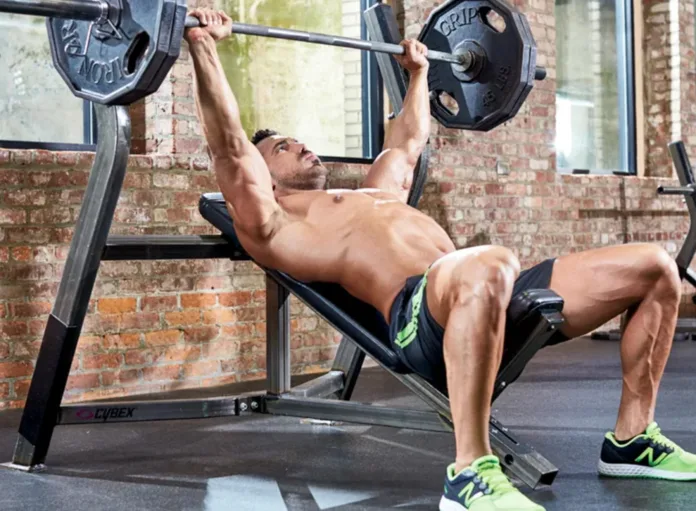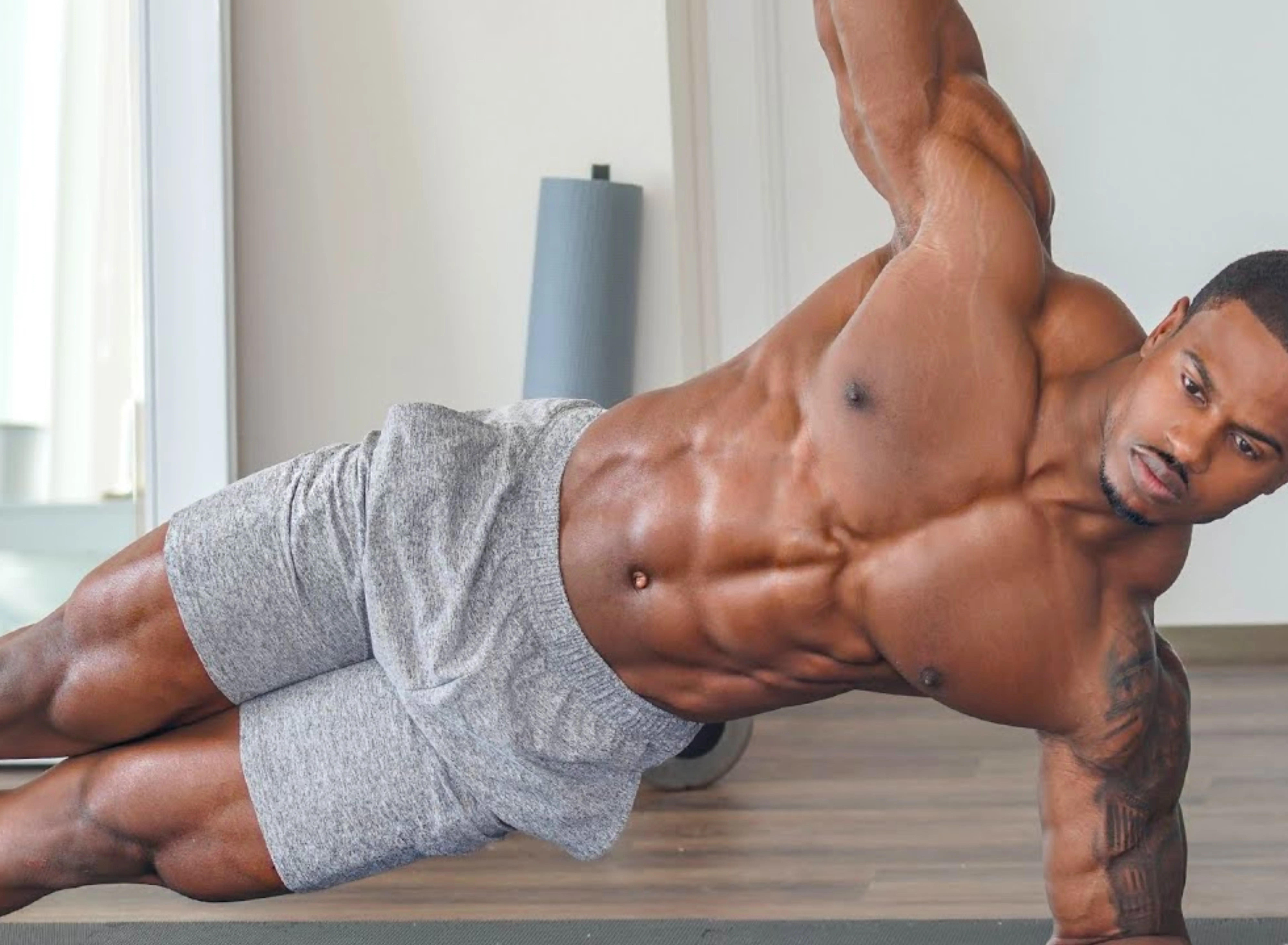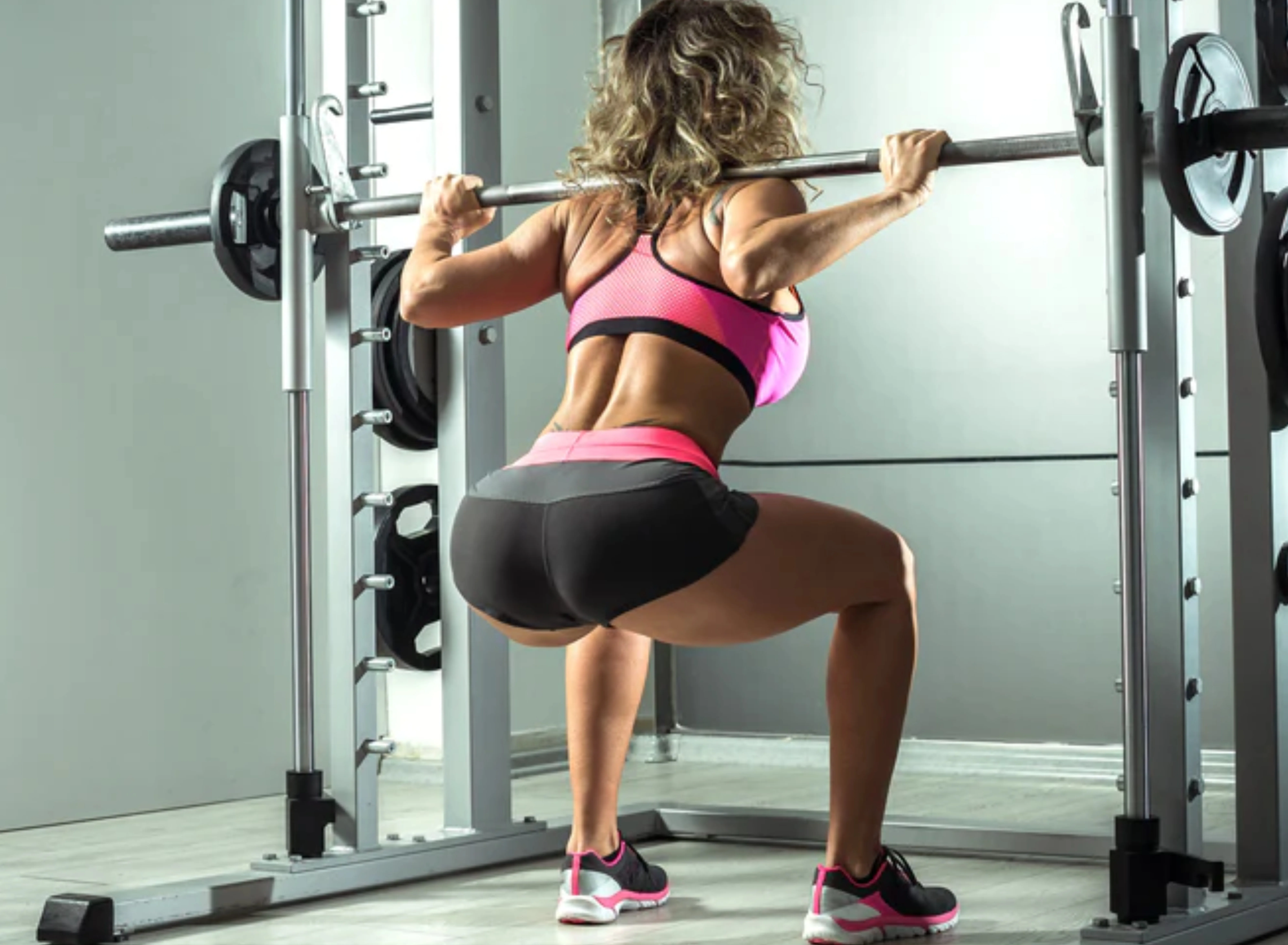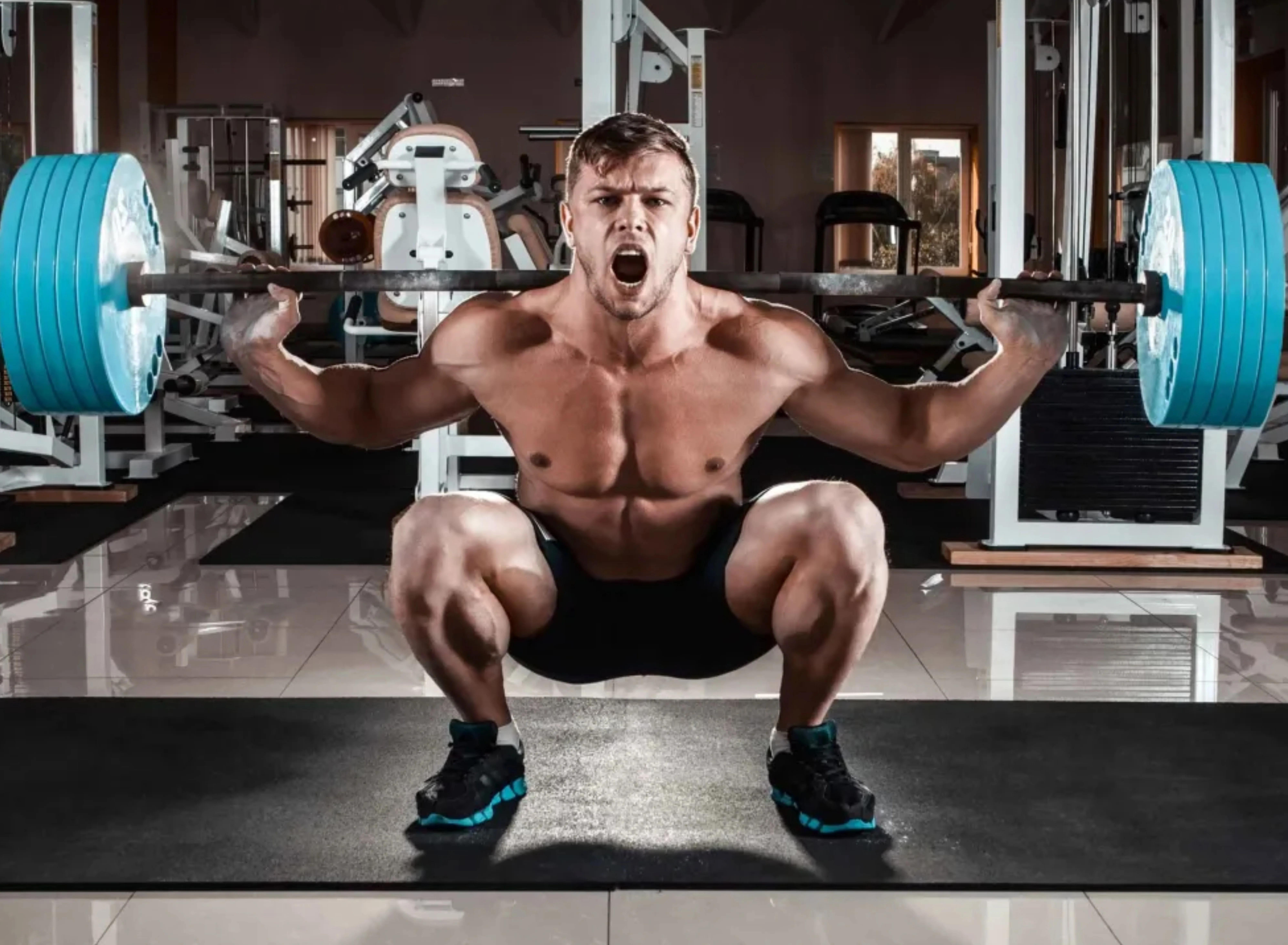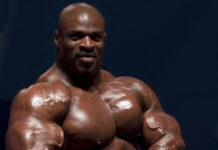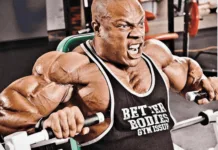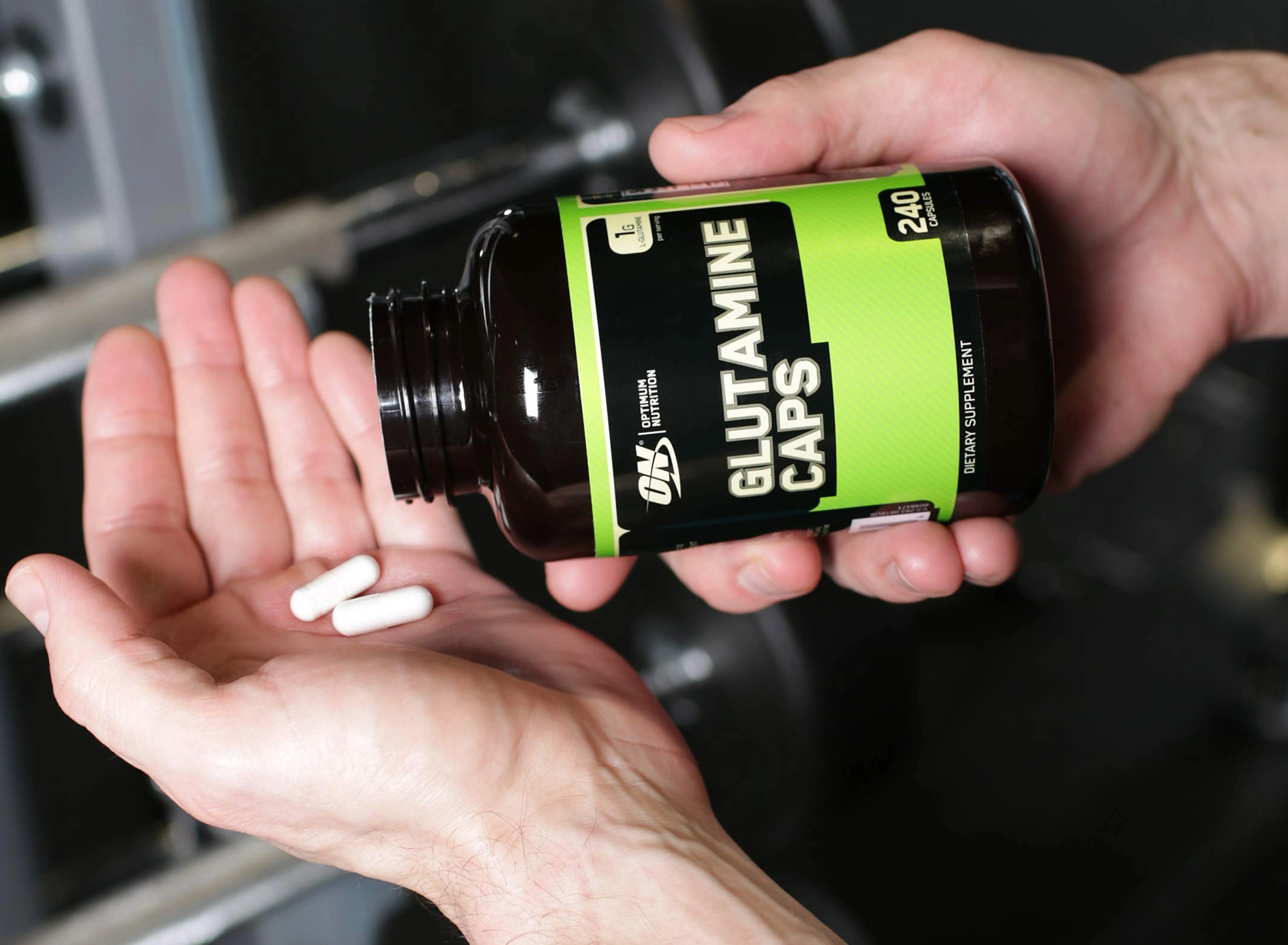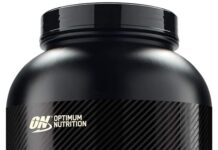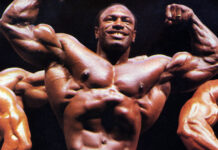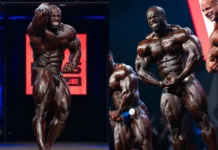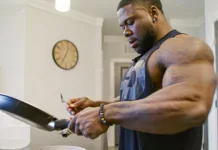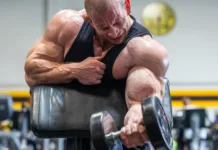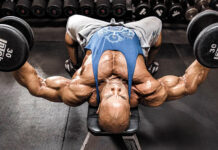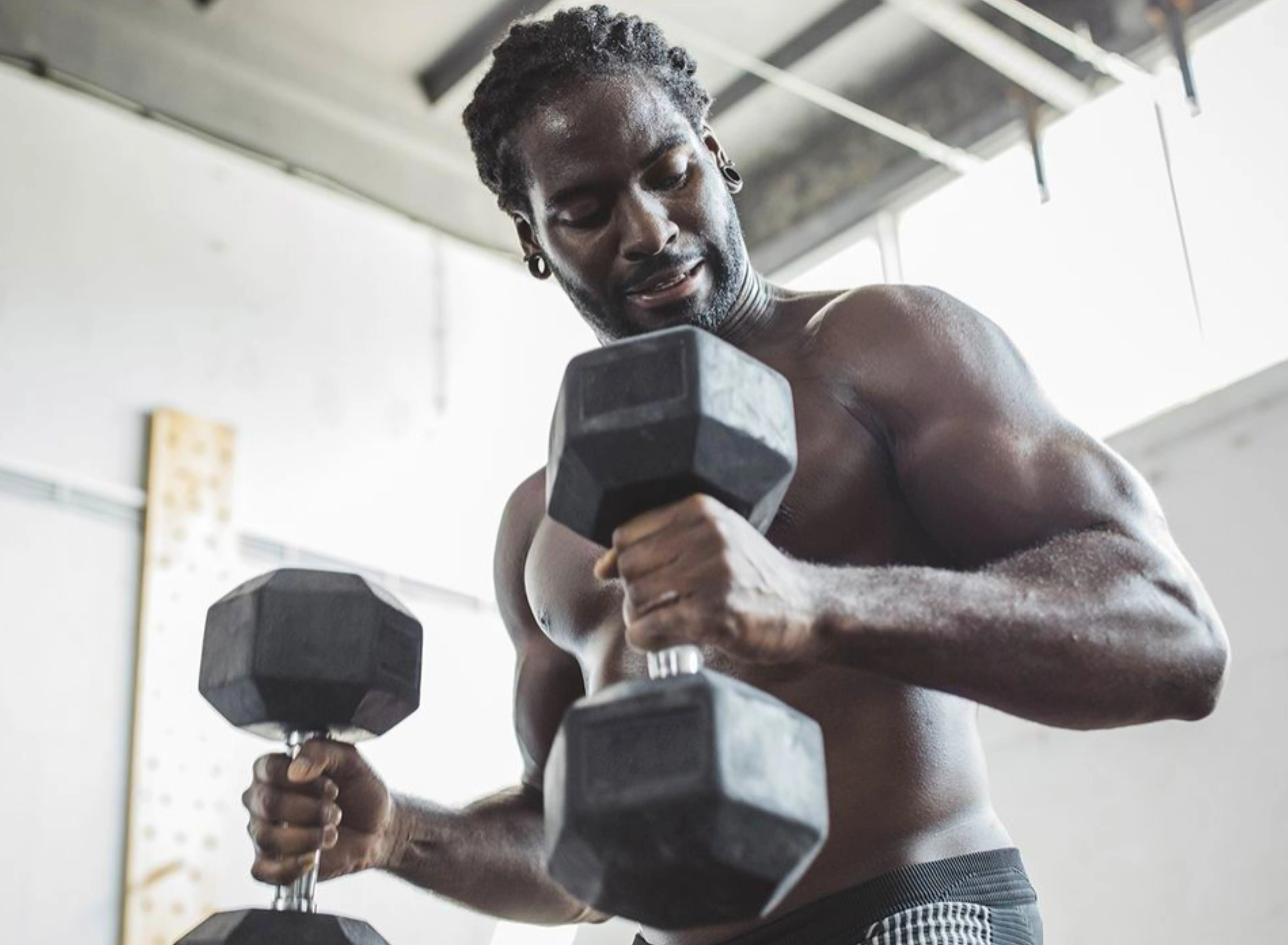The incline barbell bench press is a fundamental exercise for anyone looking to build a strong and defined upper chest. This variation of the traditional bench press targets the upper portion of the pectoralis major muscle, often referred to as the “upper pecs,” which contributes significantly to chest definition.
Benefits of the Incline Barbell Bench Press
- Targets the Upper Chest: Compared to the flat bench press, the incline bench press places a greater emphasis on the upper pectoralis major. This is due to the altered angle of the bench, which shifts the stress from the middle and lower chest to the upper portion.
- Increased Strength and Power: Regularly performing the incline barbell bench press can lead to increased upper chest strength and power, improving athletic performance and overall upper body strength.
- Improved Posture: Strengthening the upper chest muscles can help improve posture by counteracting the tendency of the shoulders to round forward, promoting better spinal alignment.
- Muscle Building Potential: Like other compound exercises, the incline bench press allows you to lift heavier weights, stimulating muscle growth and hypertrophy, particularly in the upper chest.
How to Perform the Incline Barbell Bench Press:
- Set Up: Adjust the incline bench to an angle between 30 and 45 degrees. Lie down on the bench with your back flat against the pad and feet firmly planted on the floor, hip-width apart.
- Grip the Bar: Grip the barbell slightly wider than shoulder-width apart (approximately 1-1.5 times shoulder width) with your thumbs wrapped around the bar. Center the bar over your upper chest, directly above your eyes.
- Unrack the Bar: With the help of a spotter or using a weight you can manage safely, lift the barbell off the rack and press it straight up to extend your arms fully. Engage your core and retract your shoulder blades, squeezing them together and down towards your back. This ensures proper form and stability throughout the movement.
- Lower the Bar: Slowly lower the barbell down towards your chest, keeping your elbows tucked in close to your body at a 45-degree angle. Aim to touch the barbell slightly below your nipples, feeling a stretch in your upper chest muscles.
- Press the Bar Back Up: Once the barbell touches your chest, exhale and press the weight back up to the starting position. Focus on using your chest muscles to generate the force, keeping your core engaged and back flat throughout the movement.
- Repeat: Complete a desired number of repetitions (typically 8-12 reps) and sets (usually 3-4 sets), resting for 60-90 seconds between sets.
The bench press is the king of all chest exercises, but if it’s the only one you ever do, you won’t be maximizing the improvements you can make to your chest strength. It’s important to vary the moves you do to work all your chest muscles, and the good news is you don’t really have to vary them much – simply setting up your bench at a different angle will change the benefits you get from the chest press.
Like the flat bench press, the incline bench press mainly works the chest muscles, and it works them hard. The triceps and shoulders are also involved in the exercise, as with the flat bench press.
However, “the emphasis is a little different with the incline press, which hits the top half of your pecs harder. The higher the incline, the more work your shoulders are doing”.
Incline Bench Press Overview
Utilizing an incline will allow you to better target the upper portion of the chest, a lagging part for a lot of lifters.
You can include incline bench press in your chest workouts, upper body workouts, push workouts, and full-body workouts.
 Incline Bench Press Instructions
Incline Bench Press Instructions
- Lie flat on an incline bench and set your hands just outside of shoulder width.
- Set your shoulder blades by pinching them together and driving them into the bench.
- Take a deep breath and allow your spotter to help you with the lift-off in order to maintain tightness through your upper back.
- Let the weight settle and ensure your upper back remains tight after lift-off.
- Inhale and allow the bar to descend slowly by unlocking the elbows.
- Lower the bar in a straight line to the base of the sternum (breastbone) and touch the chest.
- Push the bar back up in a straight line by pressing yourself into the bench, driving your feet into the floor for leg drive, and extending the elbows.
- Repeat for the desired number of repetitions.
Check Out Our List Of The Best Supplements For Building Muscle, Shredding Muscle, Recovery, And Great Health, and Wellness Products! Purchase ifbnewsfeed.org‘s apparels Here: ifbnewsfeed.org
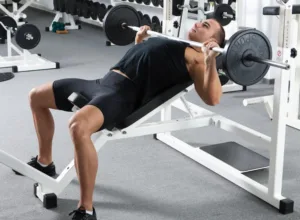
 Incline Bench Press Tips
Incline Bench Press Tips
- The technique first, weight second – no one cares how much you bench if you get injured.
- Keep the bar in line with your wrist and elbows and ensure it travels in a straight line. In order to keep the wrist straight, try to position the bar as low in the palm as possible while still being able to wrap the thumb.
- If you want to keep more tension through the triceps and chest, stop each repetition just short of lockout at the top.
- Don’t worry about tucking the elbows excessively, much of this advice is from geared lifters using suits. A slight tuck on the way down may be advisable for some lifters but other lifters can use an excellent cue from Greg Nuckols that will accomplish the same thing: “Flare and push”.
- Arching may be advisable depending upon your goals but ensure that most of the arch comes from the mid to upper back and not your lower back. If your lower back is cramping as you set up for the lift, you’re out of position and putting yourself at risk for potential injury.
- The bar should touch your chest with every single repetition. If you want to overload specific ranges of motion, look into board presses or accommodating resistance with chains or bands.
- As the bar descends, aim for your sternum (breastbone) or slightly below depending upon the length of your upper arm in order to promote a linear bar path.
- Intermediate and advanced lifters may use a thumbless or “suicide” grip but for the majority of lifters, it would be wiser to learn how to bench with the thumb wrapped around the bar at first.
- Fight the urge to allow the wrists to roll back into extension, think about rolling your knuckles toward the ceiling.
- Experiment with grip width – if you have longer arms you may need to use a slightly wider grip. However, if you’re feeling pressure in the front of the shoulder during the exercise, you may need to widen your grip, improve scapular retraction, or slightly lessen the range of motion via exercises such as a floor or board presses.
- Squeeze the bar as tightly as possible to help enhance shoulder stability.
- Ensure the shoulder blades remain retracted and don’t allow them to change position as you press.
- The bar should descend under control and touch the lifter’s chest – no bouncing or excess momentum.
- Think about trying to push yourself away from the bar instead of pushing the bar off of you.
- Tightness through the upper back should be one of your main priorities throughout the course of the lift.
- Ideally, use a spotter to help assist with the lift-off in order to maintain tension through the upper back.
- Keep the feet quiet throughout the lift and utilize leg drive by pushing your feet into the floor and squeezing your glutes to stabilize the pelvis.
- Focus on pulling the bar apart or trying to “bend the bar” in order to activate some of the intrinsic stabilizers in the shoulder.
- The glutes and shoulder blades should maintain contact with the bench throughout the entirety of the movement.
Related Articles:
- Top Powerlifting Coach Mark Bell demonstrates “His Best Bench Press Tips”
- Bench Press: How “To Effectively Bench More Weight”
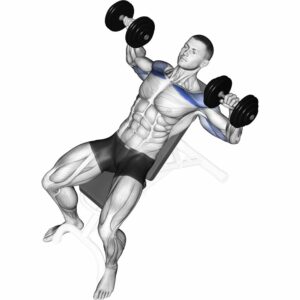
- A1Supplements.com – America’s Favorite Supplement Store.
- Shop Optimum Nutrition Energy: Anytime & Pre-Workout
- A1Supplements.com – Lose Fat, Gain Muscle!
For More News And Daily Updates, Follow IFBNewsfeed.Org on Facebook, Twitter, and Instagram. Comment, Like, And Share With Everyone Who May Need To Be Updated With The Most Recent Fitness/Bodybuilding/Powerlifting And CrossFit News.
